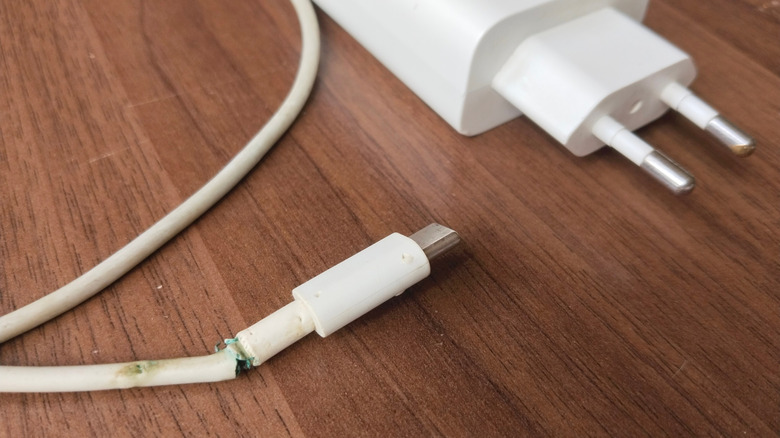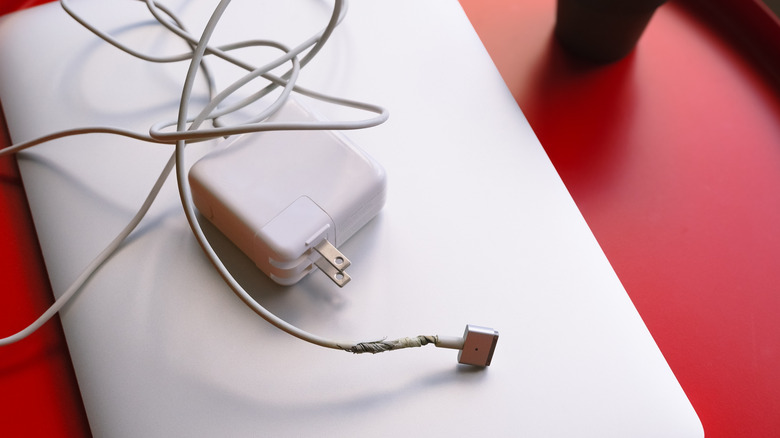Why You Should Never Attempt To Repair A Broken Charger Yourself
Gadgets like laptops, tablets, and smartphones are essential in today's world, and they all require regular recharging. Unfortunately, a charger can sometimes break. When this happens, don't try to repair it yourself. There are several reasons for this, with the most important being safety. The hazardous part of the charger is its capacitor, which can hold an electric charge even when unplugged. This component, if improperly handled and not correctly discharged, can cause a painful and potentially hazardous electric shock. Additionally, the complex circuitry inside the charger requires electronic expertise. If done incorrectly during a DIY repair, it may cause the charger to short out or, worse, catch fire once used.
Chargers come in different shapes and sizes and are fairly complex devices. They work by converting alternating current into a lower-voltage direct current rated for the device. There are two main types of chargers: the common wired charger and the wireless charger, which uses electromagnetic induction to replenish phone and smart watch batteries. Wired laptop and phone chargers are composed of several sections: the power adapter, the cable, and the charging port, while wireless chargers have a wireless charging pad instead of a charging port. Inside wired power adapters are the electrical components, which include the transformer, inductors, the rectifier, capacitors, and protection circuits. In comparison, wireless chargers are simpler, with just a power supply, transmitter circuit, and transmitter coil.
Why self-repair often makes things worse
Another reason why self-repair on chargers is inadvisable is the likelihood that it may further damage the sensitive parts of the device if mistakes are made, making it irreparable. Also, attempting to repair the charger may void its warranty, as manufacturers consider tampering, including opening the charger, to be a violation of the warranty conditions. If a charger isn't working, it is advisable to first check its cable, the connection to the power outlet and device, and if it's still not working, reboot the device and try again. There are various causes why a device has charging issues, and not all are because of the charger. One of the simplest is a dirty or damaged charging port on the device, which can be prevented or possibly fixed by cleaning the charging port on the phone. Other reasons could be related to required software updates or the battery needing to be replaced. For wireless chargers, like those on an iPhone, there are also basic steps to take if wireless charging is not working.
Functional chargers are essential for reliably charging gadgets, and as with any electronic device, it is important to properly care for and maintain them to ensure their continued use. If a charger needs repair, rather than attempting to fix it, the simplest solution is to purchase a replacement, which should ideally be original and compatible to avoid potential issues. If your charger is still under warranty, you can contact the manufacturer to request a replacement or get troubleshooting help.

